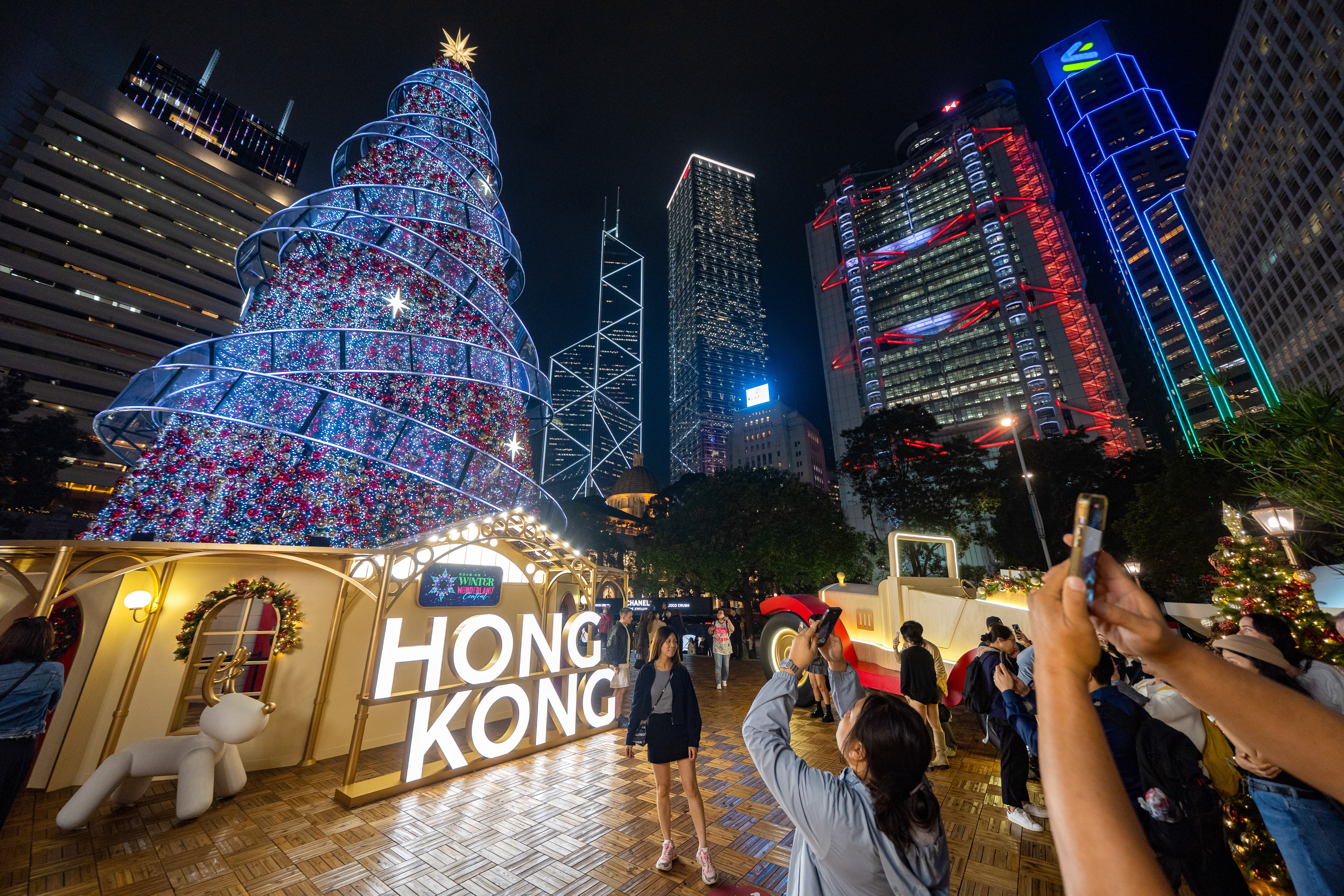|
Dear Reader,
At 9.40pm on Sunday night, “Guguli” posted a glimpse from her car of the worst mass shooting in Australia in three decades. The dashcam footage showed fleeting images of an older couple – later identified as Boris and Sofia Gurman – tackling one of the two gunmen responsible for the attack at Sydney’s Bondi Beach. The Gurmans did not survive but the video posted on Chinese social media site RedNote testified to their willingness to confront villainy. The post reached beyond ideology and borders to unite people in concern. Without it, the world may not have known what the couple chose to do in what became their final moments.
The Global Impact team will be taking a three-week break and the newsletter will return on January 10. We wish everyone a Merry Christmas and a Happy New Year!
For a close look at China’s most advanced weapons, explore our multimedia project, The Red Arsenal. And dive into our series The New Narrative on how China is telling its own story.
We welcome feedback. You can email me at globalimpact@scmp.com and if you enjoy this issue, let us know.
The Big Picture

Special relativity
US-China relations end 2025 on a lower temperature than the start of the year but antagonism still runs deep.
Big reveals
The People’s Liberation Army continues to unbox new equipment, from fighter jets to mysterious submarine-like vessels.

Wins and Fails
Yang Zhibin and Zhang Jichun parachute into the PLA’s Eastern Theatre Command as new chiefs
RedNote is banned in Taiwan over security concerns
Shigeru Iwasaki, former chief of Joint Staff of the Japan Self-Defence Forces, is sanctioned by Beijing for “colluding with Taiwan separatists”
Big Numbers
0.5-1 yuan – the average price rise at McDonald’s in China
US$50 billion – the amount of compensation requested by three Chinese parties in Covid-19 litigation against Missouri
50% – the punitive tariffs Mexico will impose on Chinese goods to protect 350,000 local jobs
3% – the growth in mainland Chinese visitors to Japan in November
Direct Quote
“The dark forest is the same – it refers only to itself. It is not a metaphor for anything. It depicts that vast interstellar space described in the books, where civilisations are separated by tens of millions of light years, visible only as faint points of light, with no way to know each other’s details. The enormous biological and cognitive gaps between species make genuine understanding impossible.”
Chinese science-fiction writer Liu Cixin expands on the theme of the Three-Body Problem trilogy
|